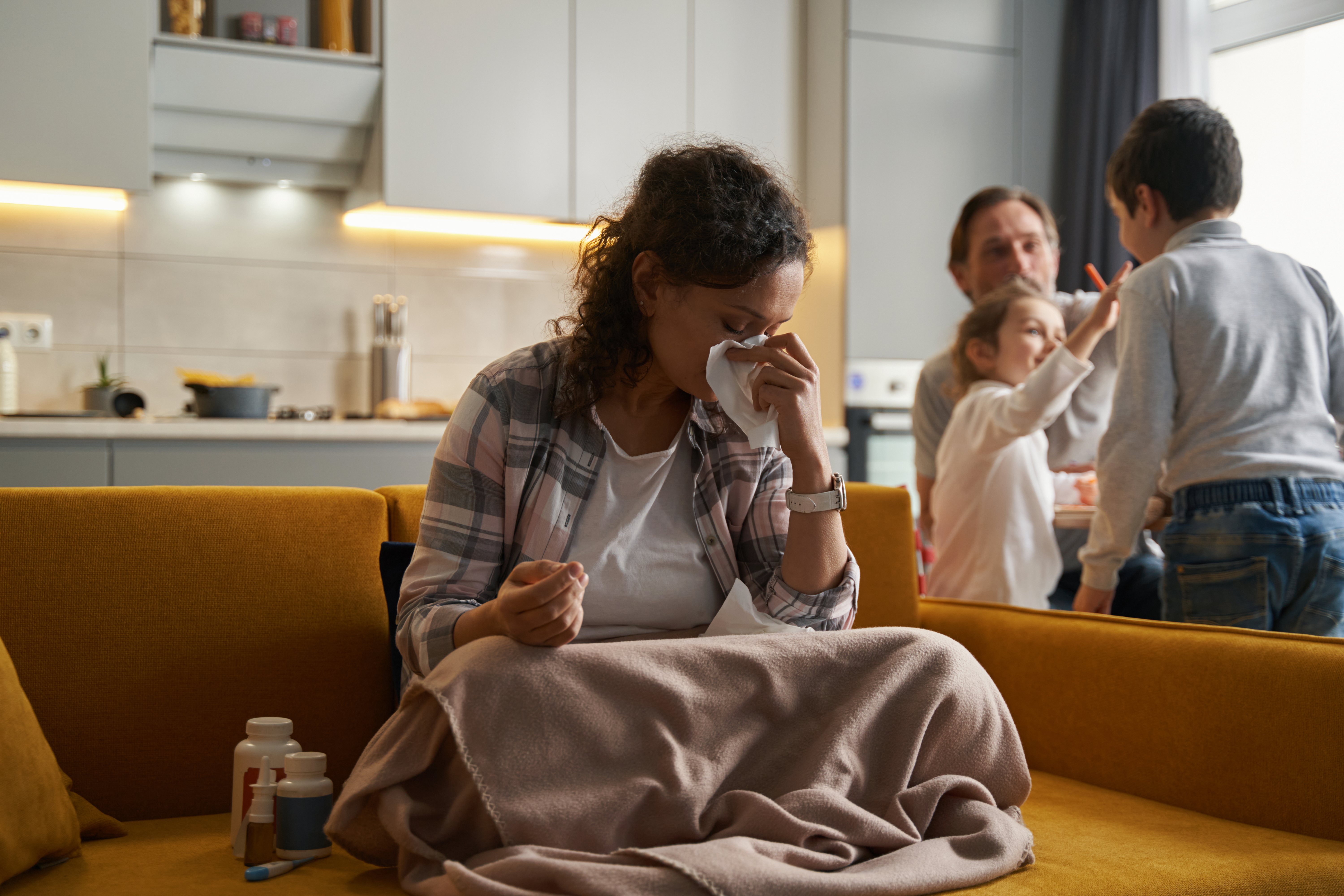20 Warning Signs of a Staph Infection And What to Do About Them
9. Staph Bacteria Are Contagious

Staph bacteria are highly contagious and can spread easily through direct or indirect contact. Physical contact with an infected person, such as shaking hands or touching an open wound, is a common transmission route. Indirectly, staph bacteria can linger on objects like towels, gym equipment, razors, or bedding, infecting the next person who comes into contact with them. Activities like sneezing, coughing, or sharing utensils can also spread staph bacteria. Contaminated food is another vector; improper handling or storage by an infected carrier can introduce the bacteria into meals, leading to foodborne illnesses. Women using tampons may develop toxic shock syndrome if tampons are not changed frequently, creating an environment for staph to proliferate. Preventing staph transmission involves thorough handwashing, disinfecting shared surfaces, and taking extra care in crowded environments like gyms, dormitories, or healthcare facilities.